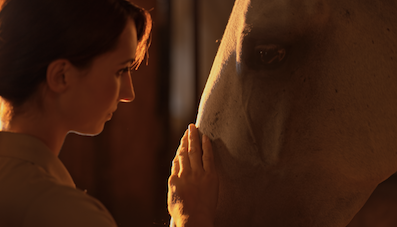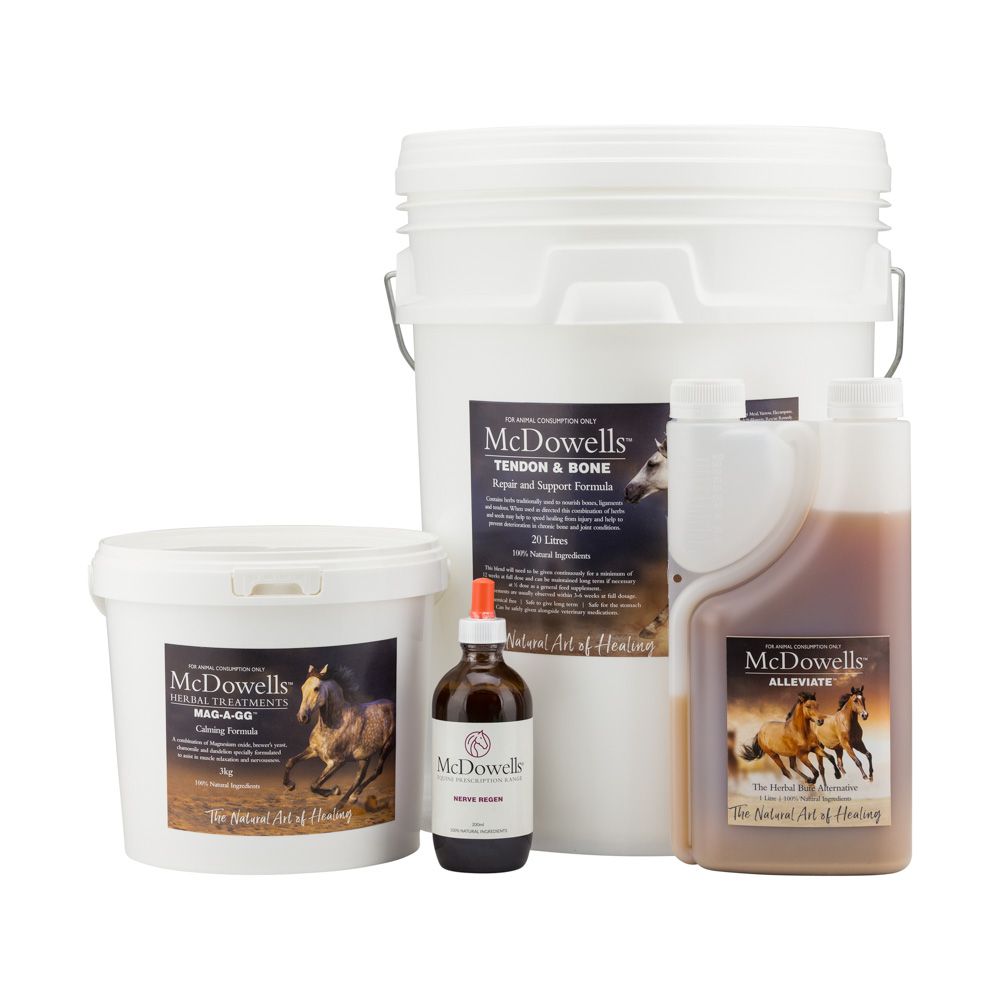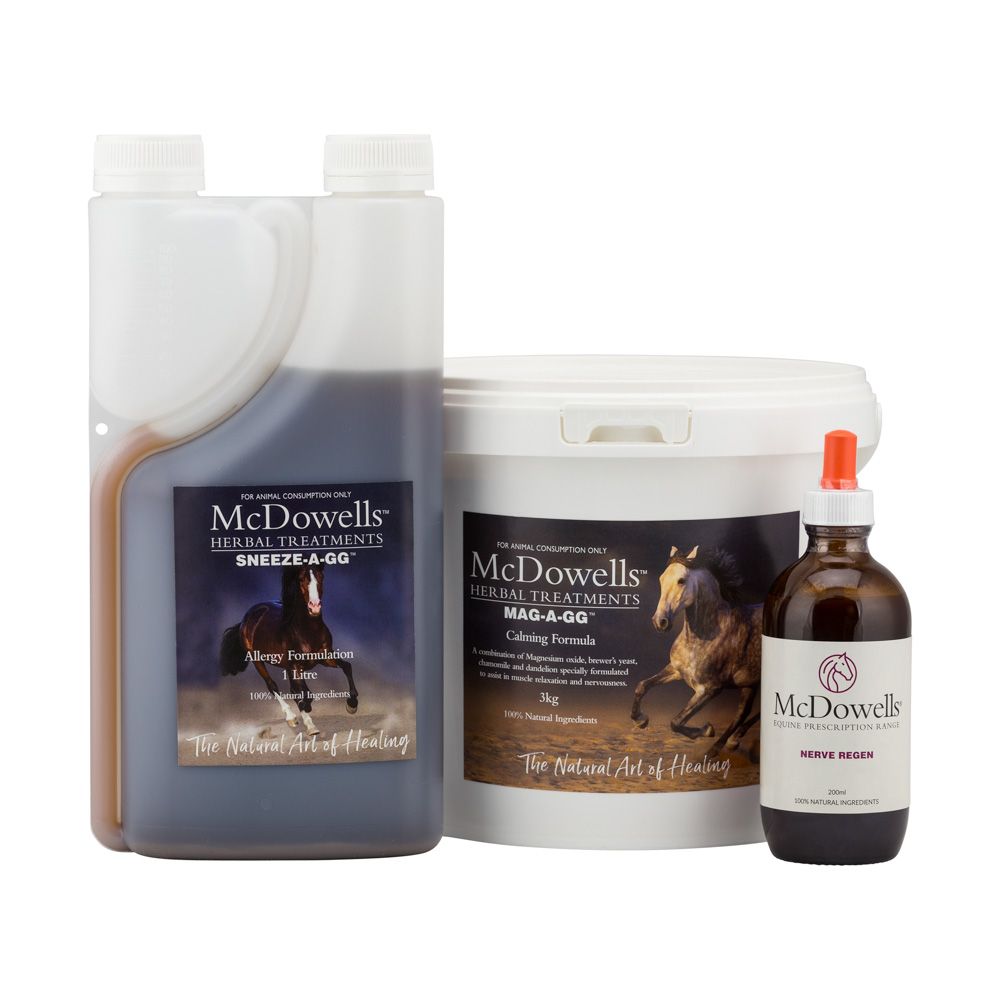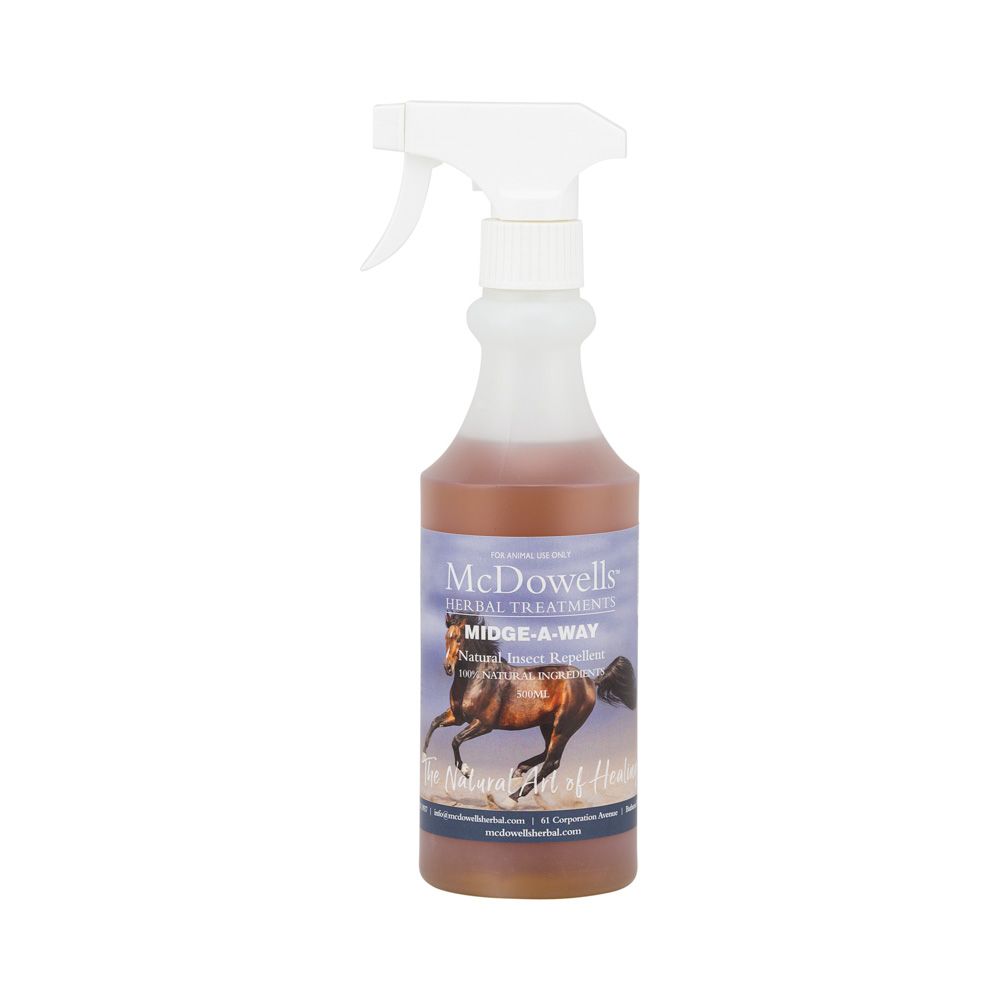Some head-shaking behaviour in horses is normal. Trigeminal-mediated head-shaking is a little-understood neuropathic facial condition of the horse. The condition may affect around 1% of the equine population to a degree of severity sufficient to require veterinary attention...

Head-shaking is thought to be multi-factorial - Trigeminal Nerve inflammation or damage, uveitis and/or allergy. Some horses will show symptoms in spring and summer that disappear in winter months. Many cases are made worse with exercise or riding.
Signs of head-shaking syndrome:
- Repetitive, involuntary up-and-down nodding movement
- Twitching lips
- Scratching or rubbing of the nose and muzzle on objects vigorously and incessantly
- Constant rubbing the nose on front legs or striking at the nose with forelegs
- Seeking unusual places for shade such as hiding the head in buckets or barrels to block light
- Flip the head in reaction to wind, movement and stress
- Nose blowing, snorting and coughing
Where the headshaking is any or all of frequent, violent, accompanied by flicks or jerks of the head, accompanied by signs of nasal irritation (such as snorting, sneezing, hitting or rubbing the nose), accompanied by signs of distress, or affects riding or handling the horse, then a pathologicalprocess must be considered. However, where shaking was such that referral veterinary advice was required, there was a 98% chance that no physical cause could be determined, leading to a diagnosis of idiopathic headshaking.
Conditions which can cause headshaking may include:
- Ear mite infestation
- Otitis interna
- Cranial nerve dysfunction
- Cervical injury
- Ocular disease
- Guttural pouch mycosis
- Dental periapical osteitis
- Protozoal myeloencephalitis
- Sinusitis
- Behavioral or rider issues
McDowells recommendation
As a main cause of headshaking is hypersensitization of the trigeminal nerve, anything to reduce or calm the firing of this nerve may be beneficial. Sunlight seems to be a trigger and using a 90% UV blocking mask and keeping the horse in a dark area during the day can be useful. A lighter mask or nose net while riding, and exercising an affected horse in an indoor arena may help to reduce nerve stimulation and headshaking signs (1).
The Trauma Head-shaking Program is recommended when a trauma was the primary factor causing damage and inflammation to the Trigeminal Nerve. This program consists of four powerful products that help alleviate inflammation and pain and nourish and settle the nervous system. Tendon and Bone strengthens and helps rebuild bones, ligaments and tendons that may have been damaged by the trauma.
The Trauma Head-shaking Program is recommended when allergies are the primary factor causing inflammation to the Trigeminal Nerve. Environmental toxins, vaccine damage, feed allergies, drought dust and general liver health will all play a role. This combination of herbs have been traditionally used to nourish and settle the respiratory and immune system, which may help to reduce symptoms and oversensitivity.
Headshakers can be more sensitive to insects. Using fly sprays and sheets to repel bugs may be useful. Midge-away has been developed in response to the increasing demand to have insect repellents that are 100% chemical free. This product can be used pre and post ride to deter annoying flying insects. Can also be used as an environment spray in the stable area.
Magnesium is an electrolyte that can have a calming effect and may help reduce hypersensitivity of the trigeminal nerve. McDowells Mag-A-GG could assist.
Some owners have also had good results with chiropractic or acupuncture therapies, focused on the cranial sacral area.
References
(1) Trigeminal-mediated headshaking in horses: prevalence, impact, and management strategies
(2) Pickles KJ, Madigan JE, Aleman MR. Idiopathic headshaking: is it still idiopathic?Vet J. 2014;201(1):21–30.
(3) Aleman, MR. Trigeminal-Mediated Headshaking. In Reed SM, Warwick BM, Sellon DC:Equine Internal Medicine, 4th ed. St. Louis, Elsevier 2018, pp, 680-682.
(4) Madigan JE, Bell SA. Owner survey of headshaking in horses. J Am Vet Med Assoc. 2001;219:334-337.
(5) Carr, EA, Maher, O. Neurologic causes of gait abnormalities in the athletic horse. In Hinchcliff KW, Kaneps AJ, Geor RJ:Equine Sports Medicine and Surgery, 2nd ed. St. Louis, Elsevier 2014, p, 514.
(6) Madigan JE, Kortz, G, Murphy C, et al. Photic headshaking in the horse: 7 cases. Equine Vet J. 1995;27:306-311.
(7) Lane JG, Mair TS. Observations on headshaking in the horse. Equine Vet J. 1987;19:331-336.
(8) Hunt CD, Herbel JL, Nielsen FH. Metabolic responses of postmenopausal women to supplemental dietary boron and aluminum during usual and low magnesium intake: boron, calcium, and magnesium absorption and retention and blood mineral concentrations. Am J Clin Nutr 1997;65:803-813
(9) Get a grip on head-shaking.




